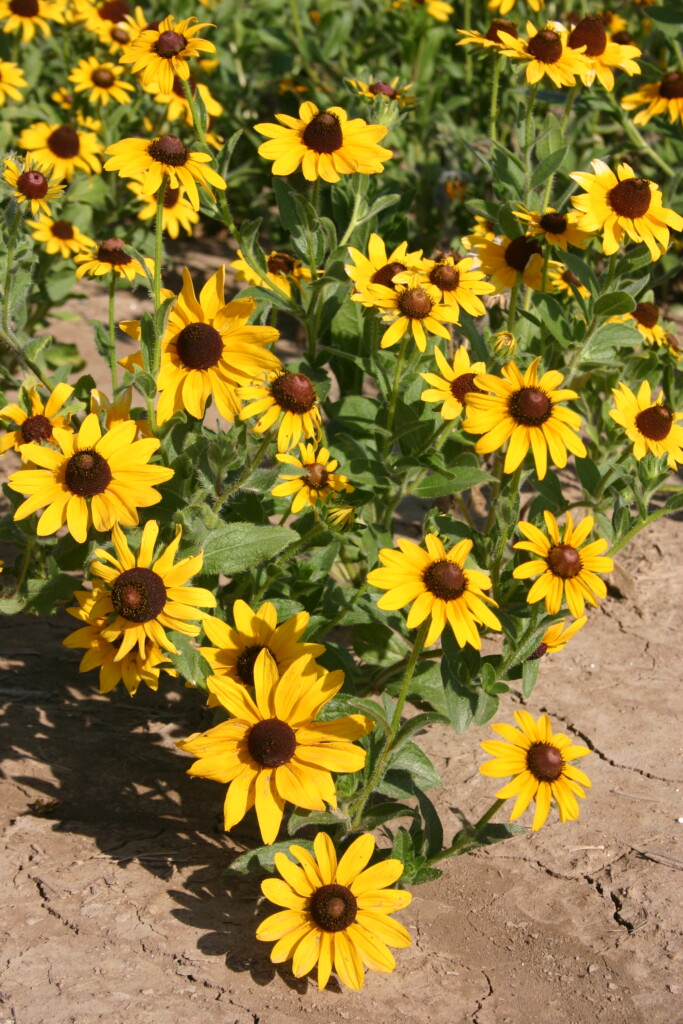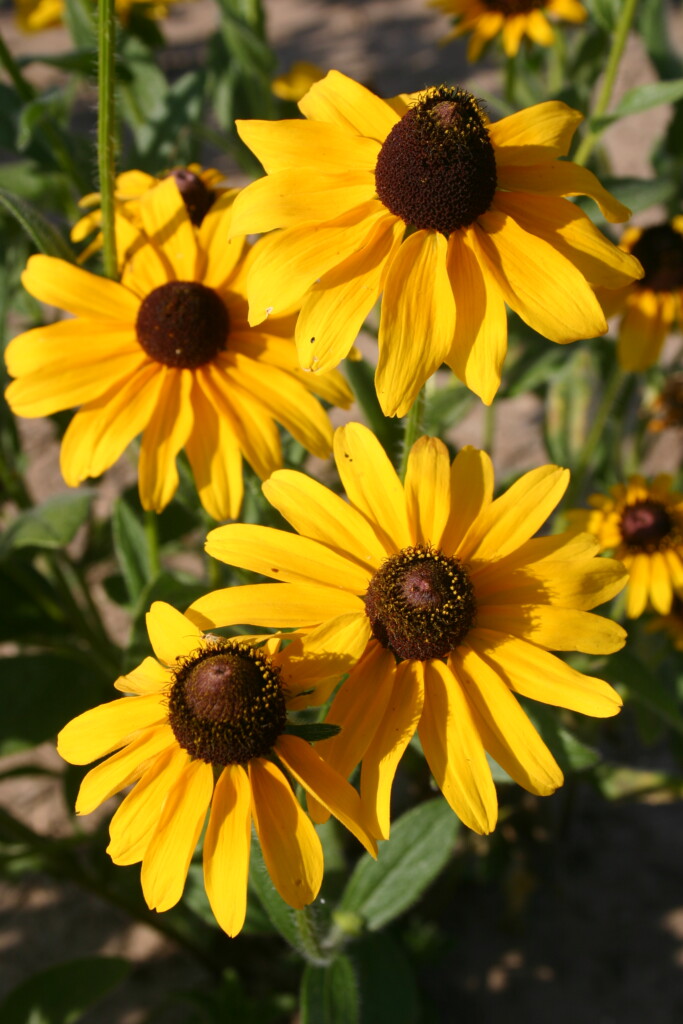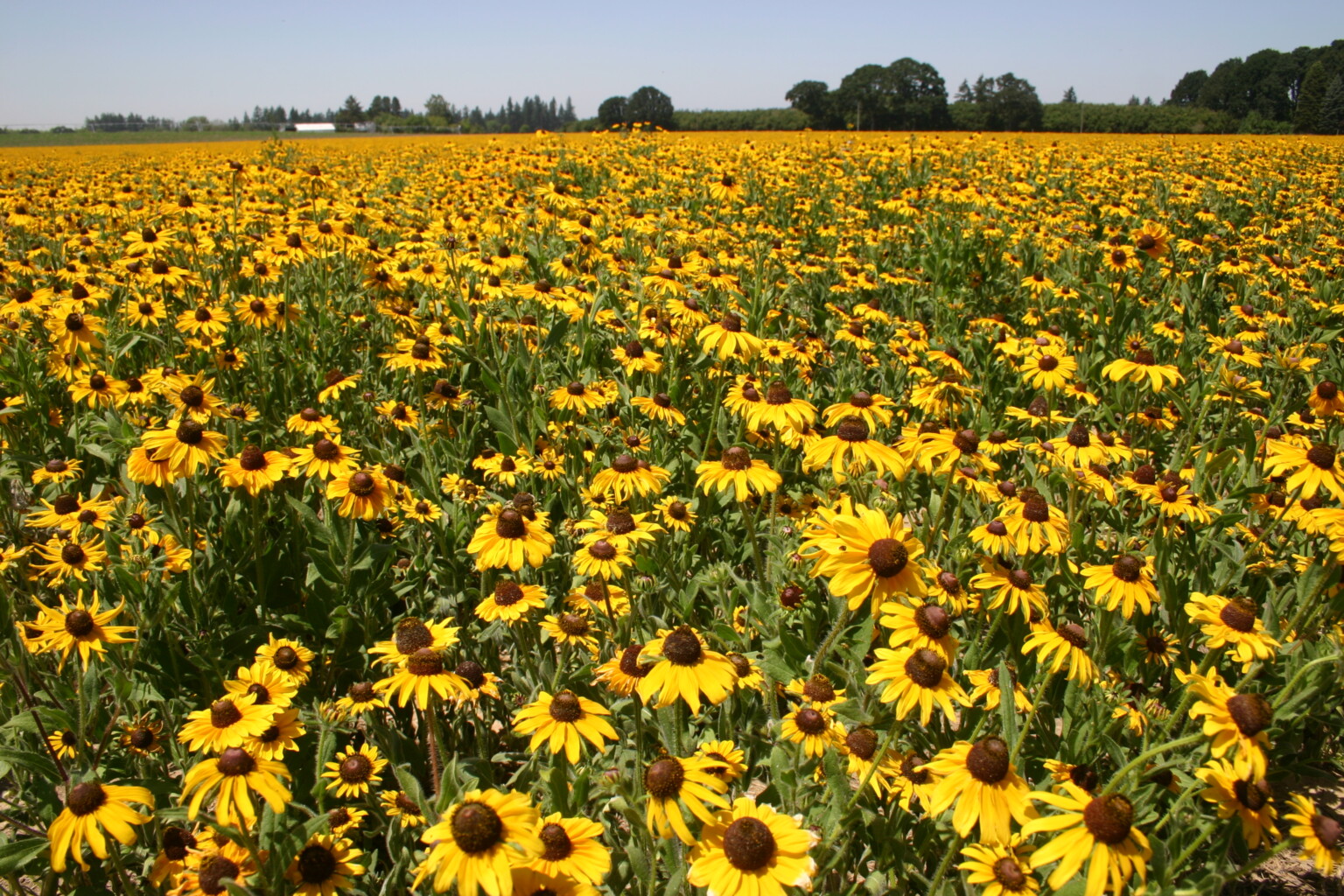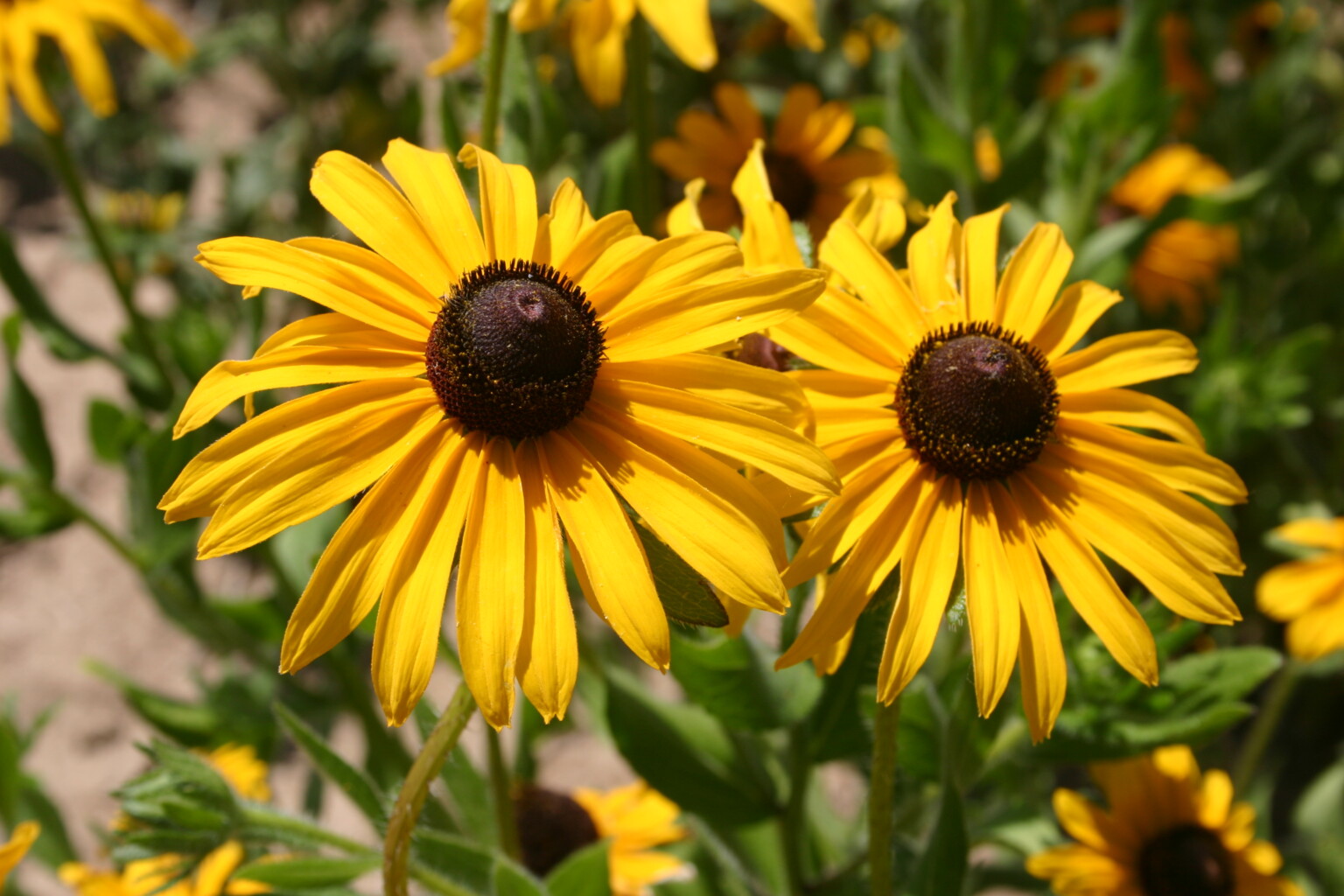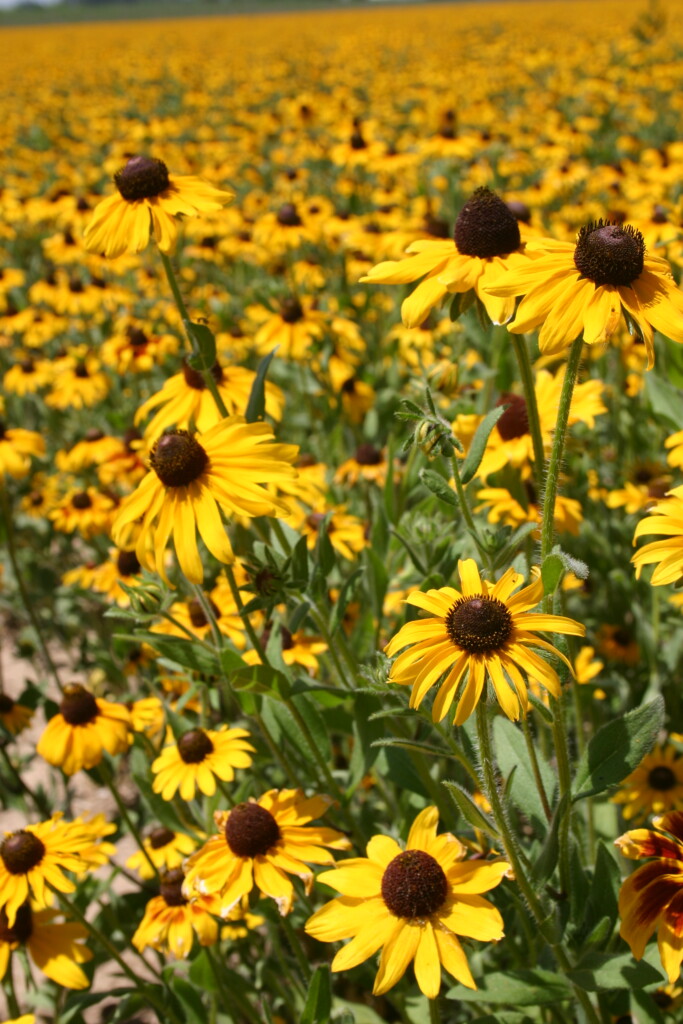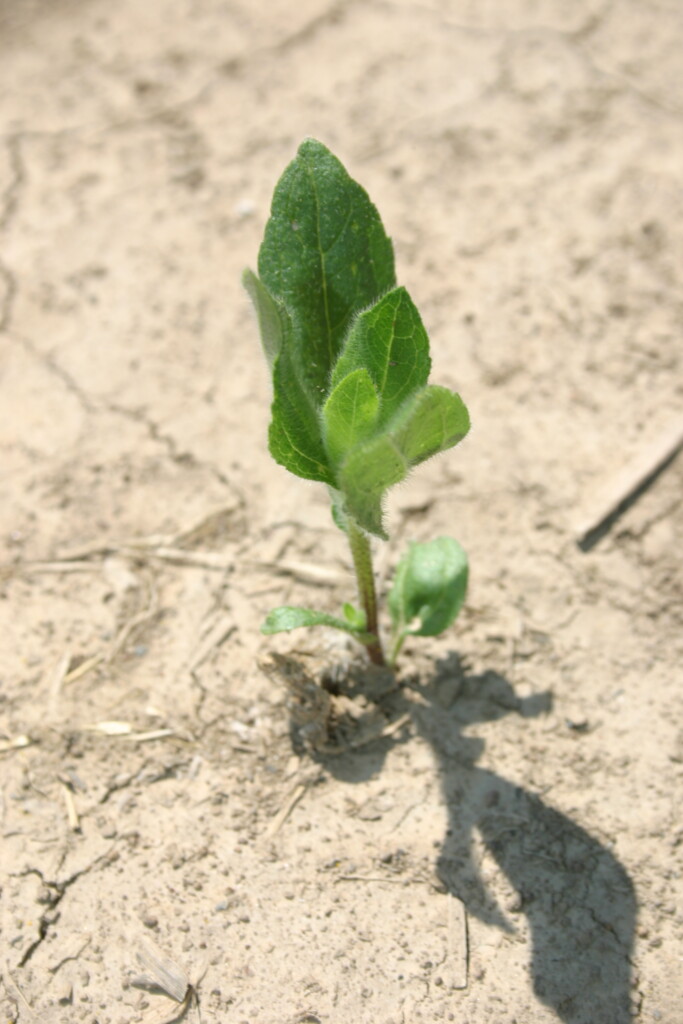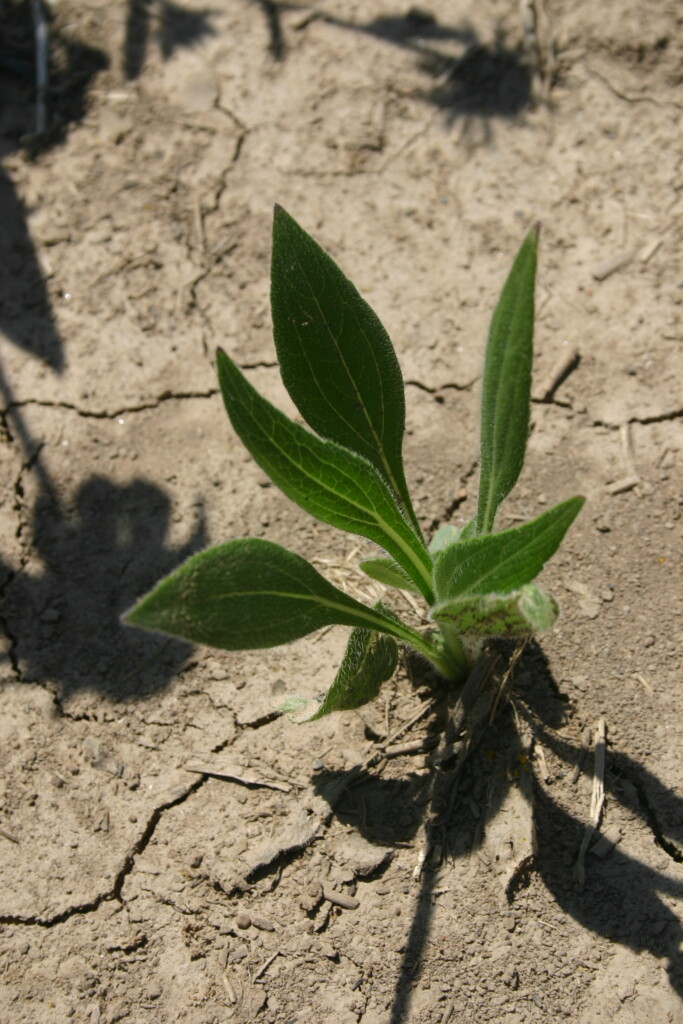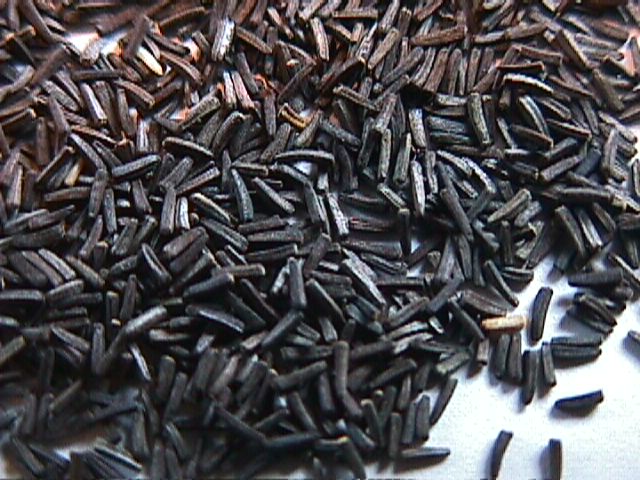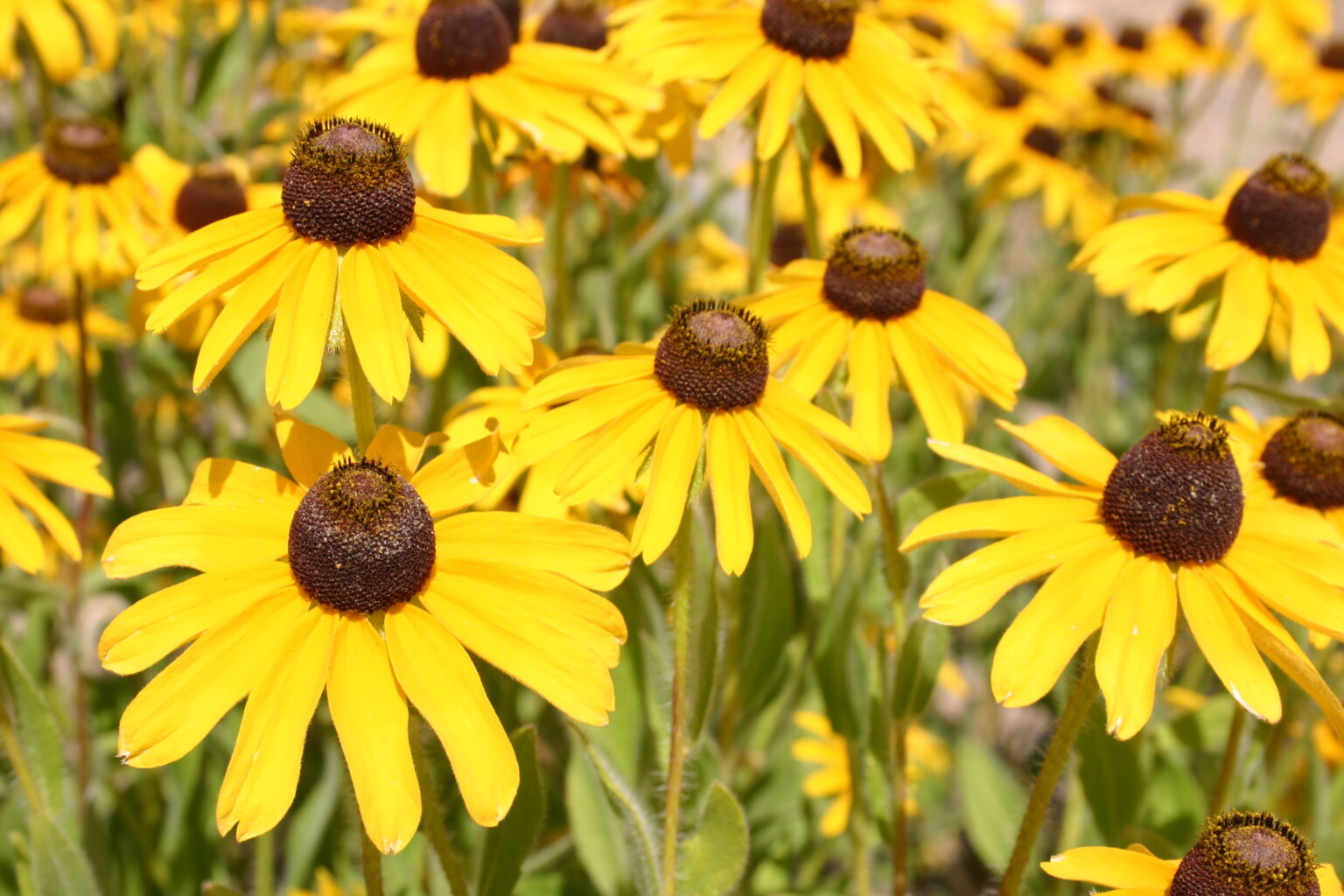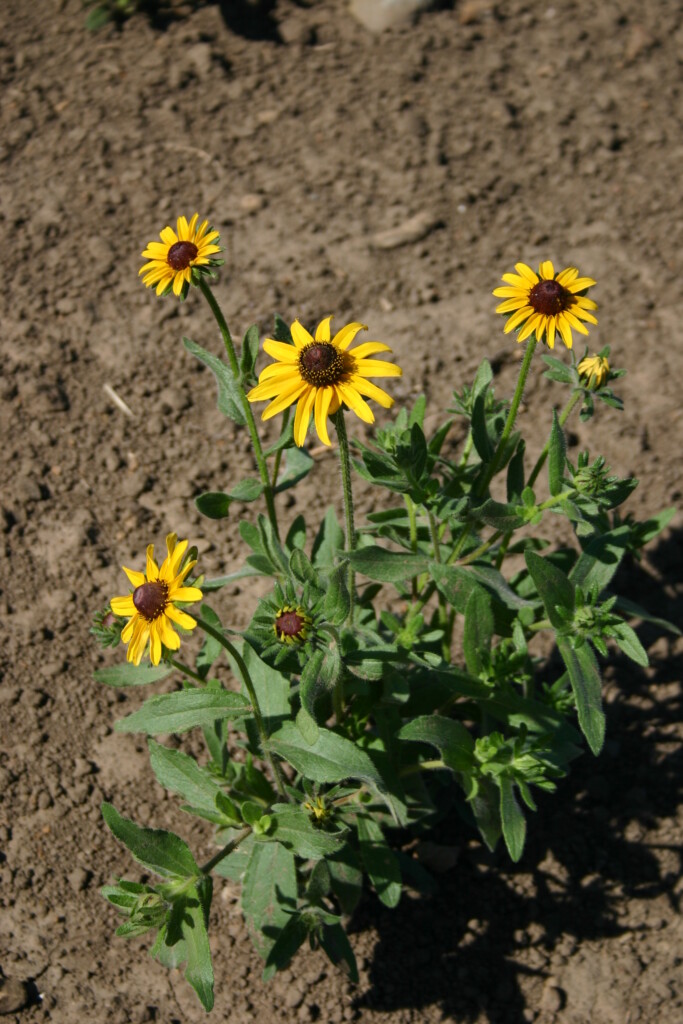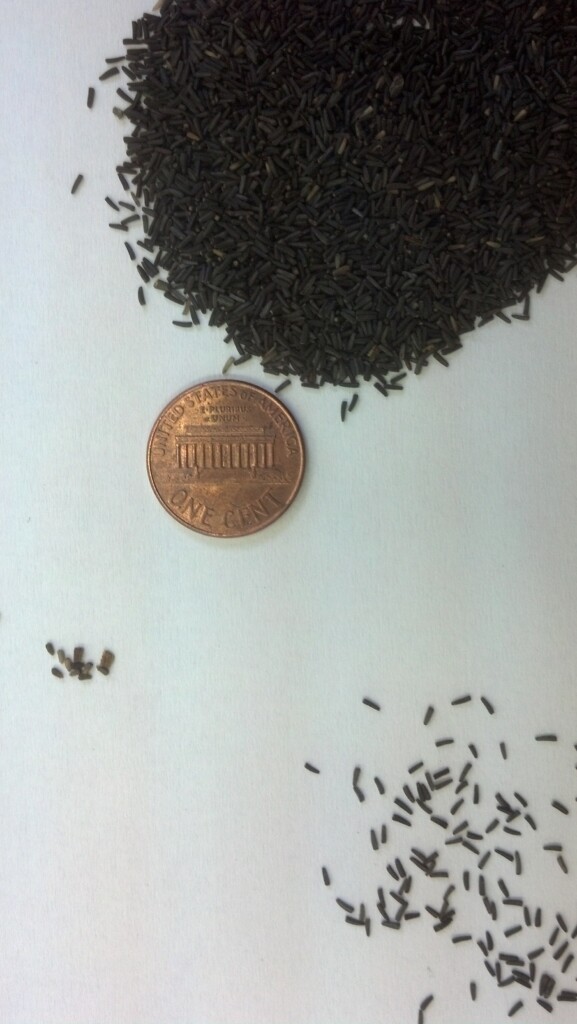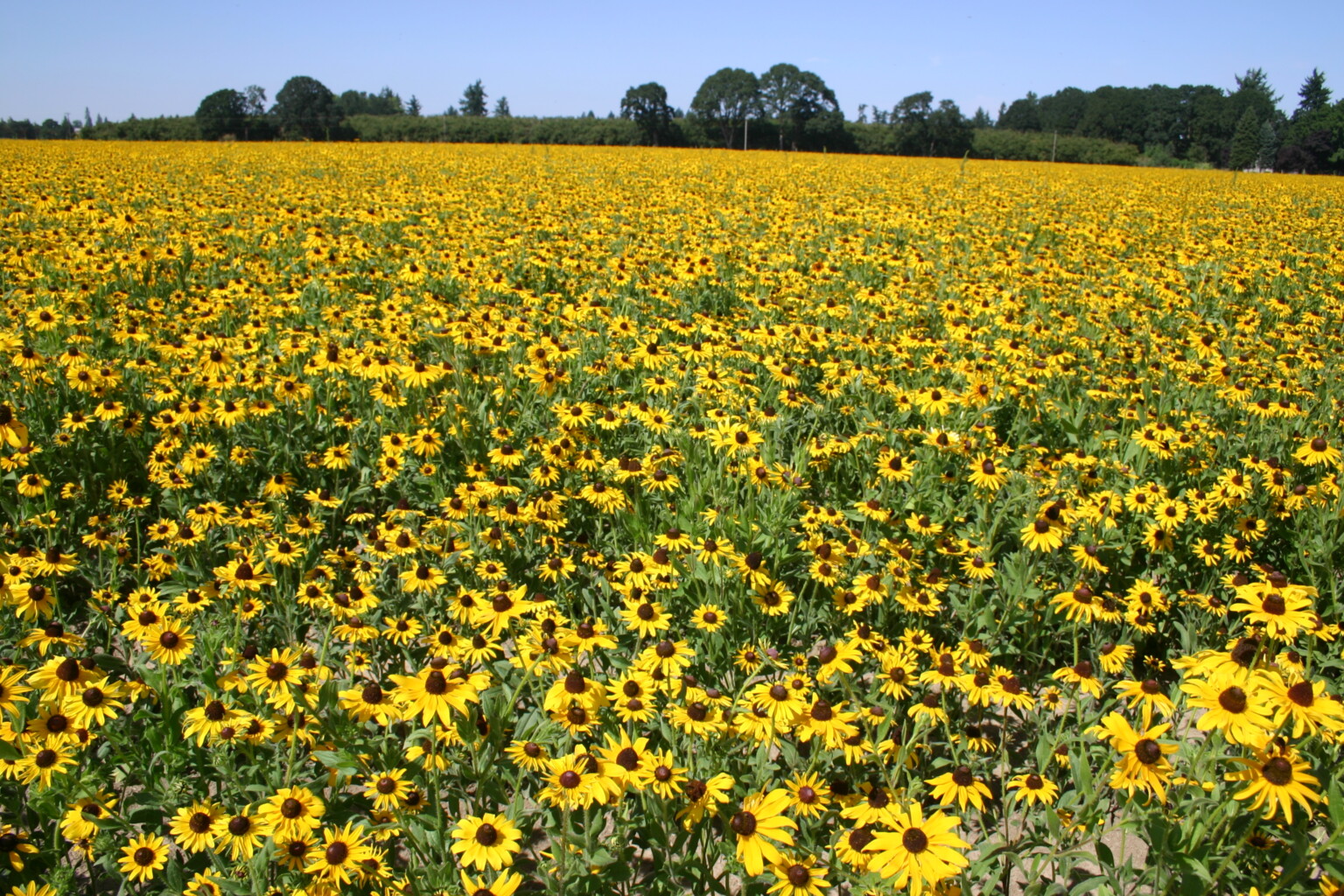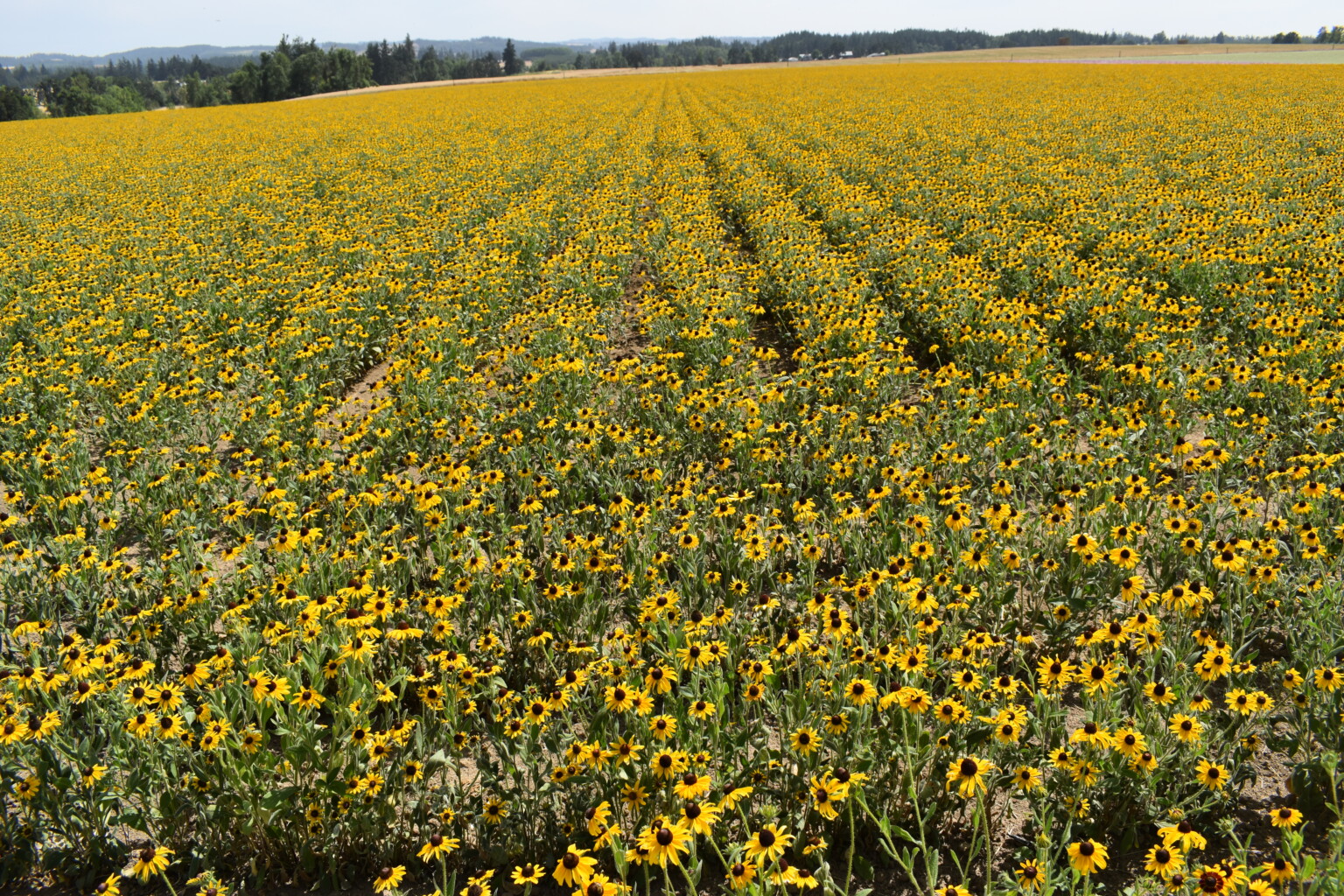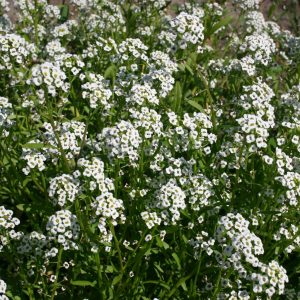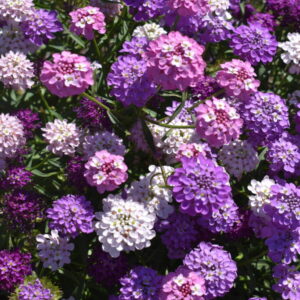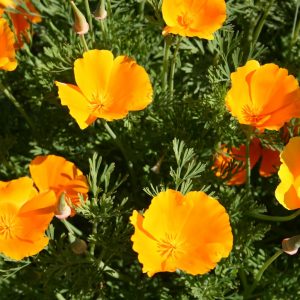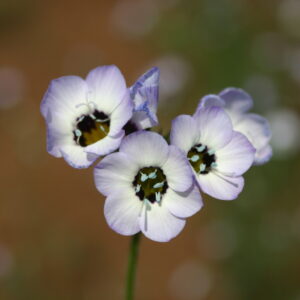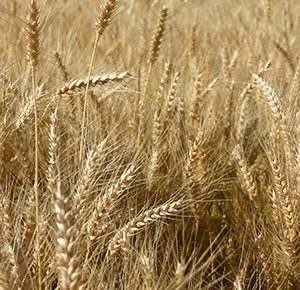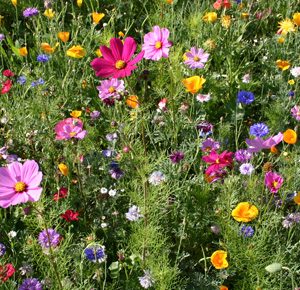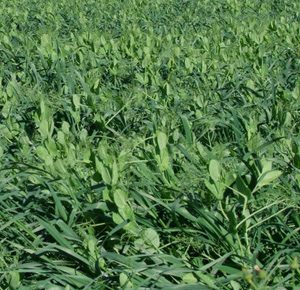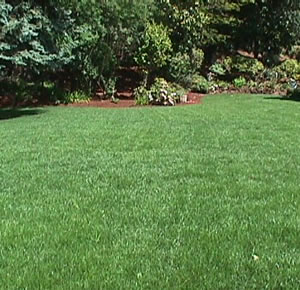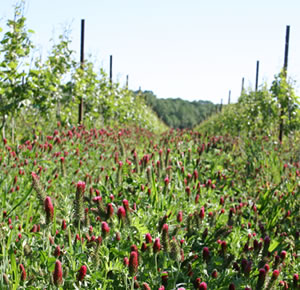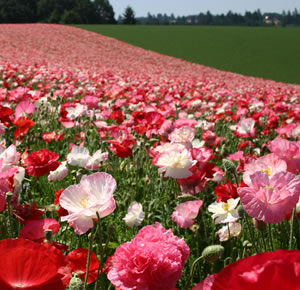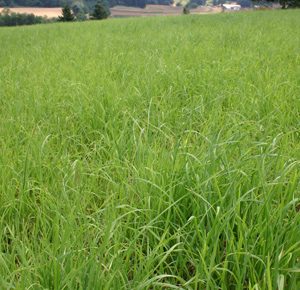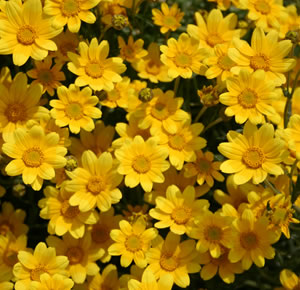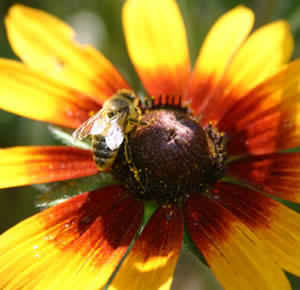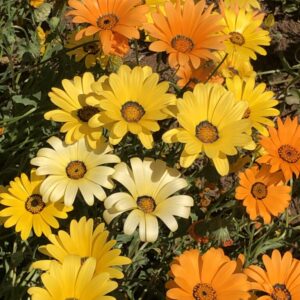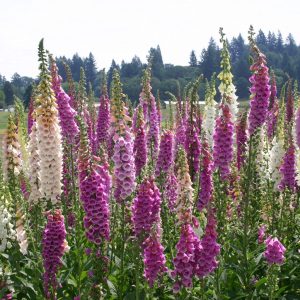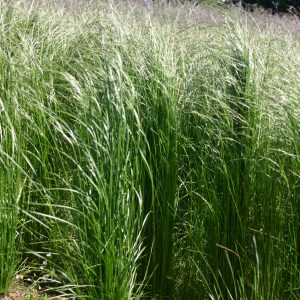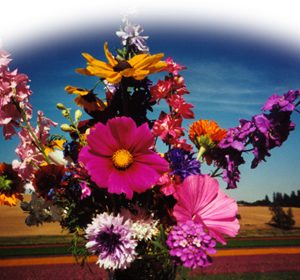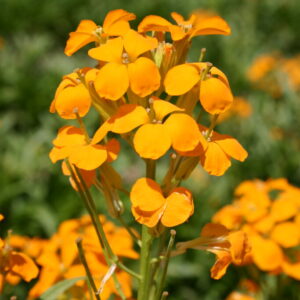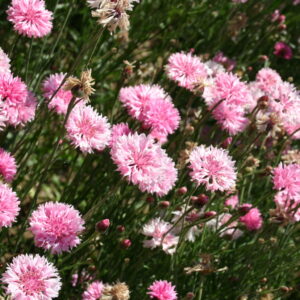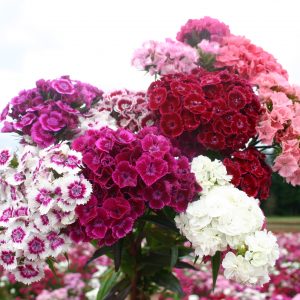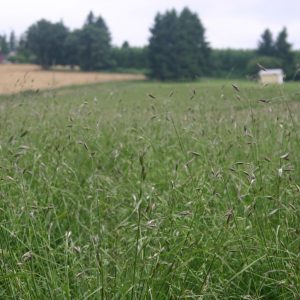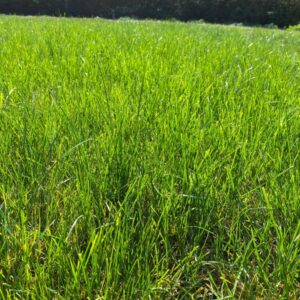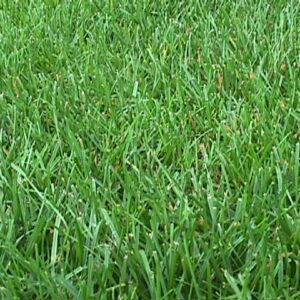Black-Eyed Susan
$2.50 – $30.75
The Black-Eyed Susan is a native flower that prefers full sun but can also tolerate shaded areas. When planted in a location that provides more shade, this flower can grow, but it will not produce large blooms and the plants may become long and leggy. Black-Eyed Susan can flourish in almost any kind of soil, as long as it is well-drained. It is an easily grown flower that will often reseed itself, if the seeds make direct contact with the soil. The Black-Eyed Susan is very drought resistant and makes an exceptional cut flower. In warmer climates, Black-Eyed Susan acts as an annual, while in cooler climates it acts as a perennial. In zones 7-10, it can be fall planted. This flower is a late summer bloomer, typically coming into bloom between the end July and the end of August. Early spring blooms are not common with the Black-Eyed Susan. Black-Eyed Susan is a deer-resistant choice for your landscaping. The more colorful Gloriosa Daisy was developed from the Black-Eyed Susan in the 1950’s.
The broadcast rate for seeding is 4 – 5 pounds per acre.
The seed drill rate for seeding in rows is 2 pounds per acre.
| Purchasing Options | Price | Quantity | |
|---|---|---|---|
| Small Packet | $2.50 | ||
Covers approximately 5 square feet. |
|||
| 10 Gram | $3.00 | ||
Covers approximately 480 square feet. |
|||
| 1/4 Pound | $12.00 | ||
Covers approximately 5,445 square feet. |
|||
| 1 Pound | $30.75 | ||
Covers approximately 21,780 square feet. |
|||
| Scientific Name | Rudbeckia hirta |
|---|---|
| Product Type | Native Flower |
| Cycle | Perennial |
| Color | Yellow |
| Height | 24-36" |
| Light Requirement | Full Sun, Part Sun/Shade |
| Germination Time | 7-30 days |
| Weeks to Bloom | 4 to 6 weeks |
| USDA Zone | 3 to 9 |
| Origin | North American Native species |
| Planting Season | Early Spring, Fall |
| Bloom Season | Summer |
| Seeds Per Pound | 1,710,000 |
| Pollen/Nectar | Nectar, Pollen |
| Pollinator(s) | Native Bees, Short Tongue Bees |
| Seeding Rate (lb./acre) | 2 |
| Notes | Can be fall planted in zones 7-10, Deer-resistant, In warmer climates it acts as an annual, while in cooler climates it acts as a perennial |



